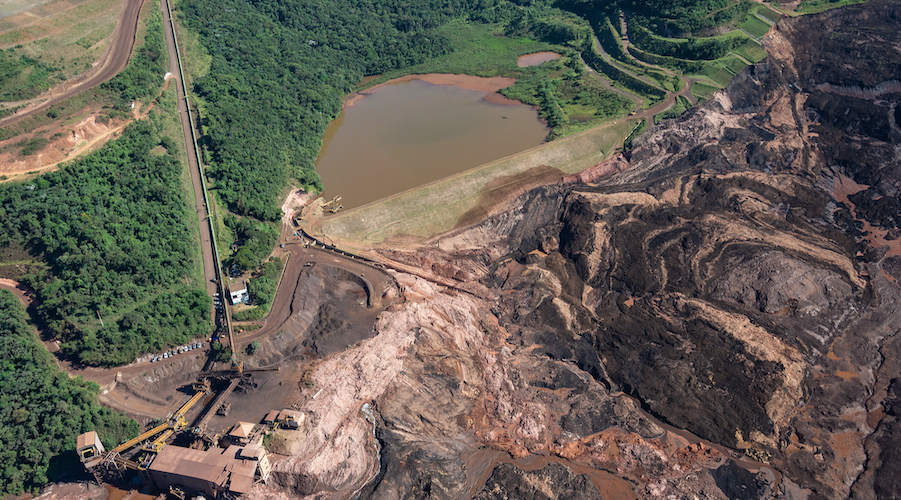New database to help mining companies predict behavior of tailings flows

Researchers led by a team at the University of Waterloo created a database as part of a study that presents the first global picture of the occurrence rates, behaviors and physical impacts of tailings flows, which are rapid downstream movements of mine waste following the failure of tailings dams.
The study, which was published in the journal Engineering Geology, involves researchers in three Canadian provinces and reports detailed information on 63 tailings flows that have occurred worldwide since 1928.
According to the review, catastrophic tailings flows have happened once every two to three years on average since 1965, causing death, long-lasting environmental contamination and severe infrastructure damage over distances that can span tens of kilometers. Hazardous weather and inadequate drainage systems have been the most frequent triggers for tailings flows since 1996.
The database is expected to help mining engineers compare the conditions before previous incidents to those of existing sites. To provide a wide view of such incidents, the researchers used satellite imagery to map dozens of cases of tailings flows and make the case to support more assessments of these dams.
Hazardous weather and inadequate drainage systems have been the most frequent triggers for tailings flows since 1996
By analyzing the satellite imagery and historical data, the team found that the behavior of tailings flows primarily depends on a high ratio of water to solids in the tailings and the nature of the downstream terrain. Having excess stored water increases the fluidity of released tailings.
In their paper, the scientists point out that some tailings flows have attained maximum speeds of 100 kilometers per hour when travelling along semi-dry, narrow channels. The result is mass casualties and the destruction of communities and the natural environment.
Some tailings flows have occurred along active rivers, leading to slower speeds, but longer travel distances exceeding 10 kilometers. Tailings flows on near-flat terrains have travelled shorter distances but caused widespread flooding with maximum speeds of 22 to 50 kilometers per hour.
“Since 2014, there have been three high-profile events—two in Brazil and one right here in Canada,” said Stephen Evans, a professor of geological engineering and co-author of this study.
“While much progress has been made in terms of regulation and oversight, studying past tailings flows enables better prediction of what could happen should a major tailings dam failure occur.”
More News
{{ commodity.name }}
{{ post.title }}
{{ post.date }}



Comments
Charles Kombe Mulila
Extractive Industries must embrace the protection of Host Mining Communities by ensuring prudent management and exploiting of Minerals in a safer way.